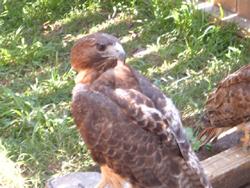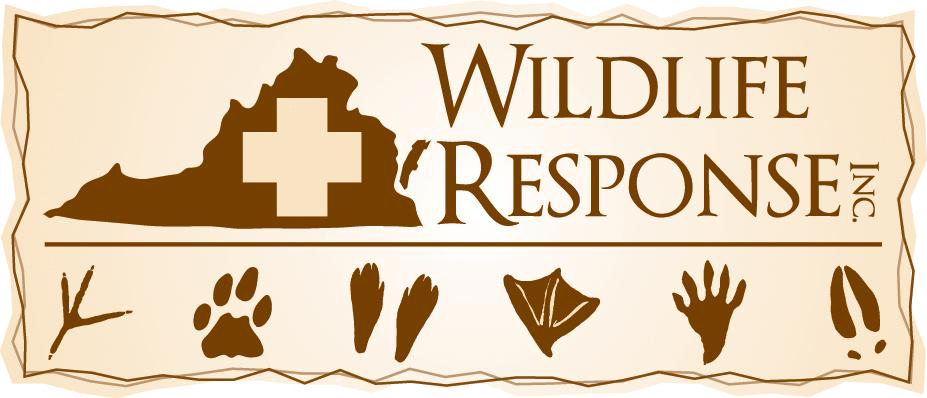(Buteo jamaicensis)
 One of outmost common hawks, they live throughout North America. Red Tailed Hawks can reach 19-25 inches long and a wingspan of four feet. The chestnut red color on the topside of the tail gives this bird its name. Adults are dark brown on top with white and brown streaks on their chest. They are found in dark and light phases.
One of outmost common hawks, they live throughout North America. Red Tailed Hawks can reach 19-25 inches long and a wingspan of four feet. The chestnut red color on the topside of the tail gives this bird its name. Adults are dark brown on top with white and brown streaks on their chest. They are found in dark and light phases.
Their broad wings and tails aid in soaring while hunting. They have excellent binocular vision that enables them to spot prey from very great distances. Pairs claim and defend their territory year after year. They will mate for life or until the death of their mate. The mating couple soars and screams while courting. The male dives at the female, who turns over in air to present her talons in mock combat. These courtship flights may happen any time of the year.
A Red-tailed hawk life span is about 18 years in the wild and 29 years in captivity. Eggs are laid between February-June, incubate in 30+ days, and fledge about 45 days later. The female incubates the eggs and the male brings her food. The babies are white with brown spots and there may be up to 5 chicks. The nest is large and bulky, 2.5 to 3 feet across, built of sticks, twigs and bark, and usually 15-70 feet up in the crotch of branches near the truck of the tree.
They live throughout most of North America; they have the widest tolerance of ecological habitats than other hawks. They prefer mixed country with open pastures and some woods. In the Hampton Roads area, Red Tails are of the light poles along the interstates, and even in your backyards. They are beneficial in rodent control because they feed mainly on mice, rats and squirrels. They have been known to take rabbits, birds, snakes lizards, frogs etc…
